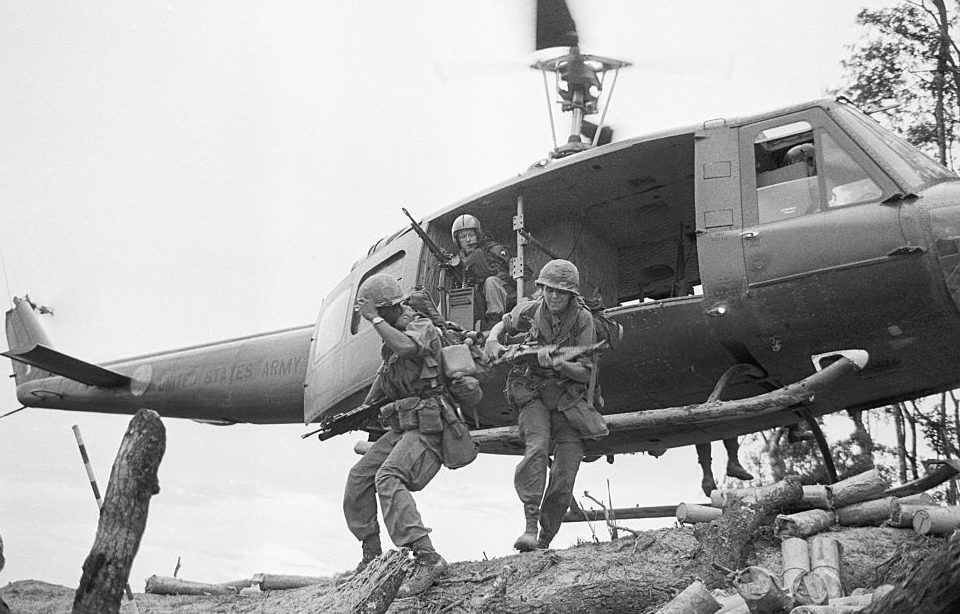During the 20th century, US military operations saw significant technological progress in every conflict. In the Vietnam War, the use of numerous helicopters was pivotal, offering invaluable support in navigating the dense jungle terrain and conducting aerial reconnaissance. However, despite their vital importance, these helicopters were not without shortcomings, as exemplified during Operation Lam Son 719.
Helicopters were commonly used during the Vietnam War
During World War II, helicopters saw use, primarily in the form of rudimentary prototypes. In the Korean War, their main role was the transportation of wounded soldiers. However, by the time the Vietnam War began, choppers had become widespread. Throughout the US engagement in the conflict, an astonishing 12,000 were deployed, serving in various roles and operations.
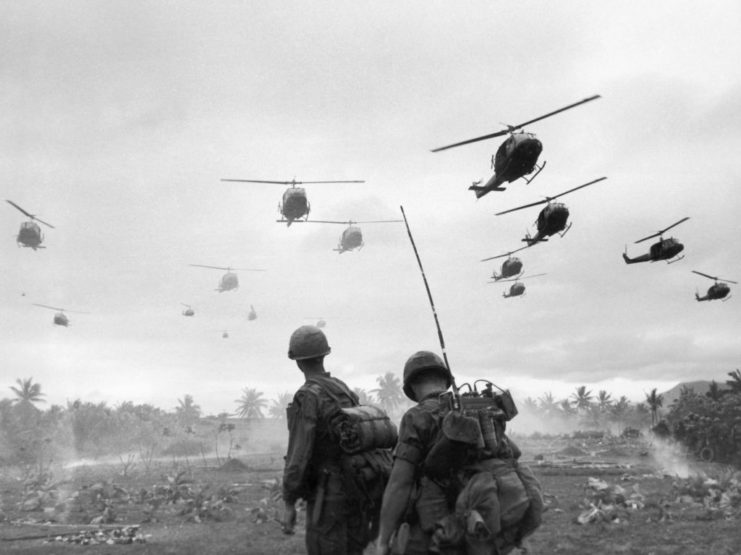
Helicopters played diverse roles in providing air support, and serving as a crew member onboard posed significant risks. Around 40,000 pilots and 60,000 crewmen were involved in wartime activities. Among them, 2,165 aviators and 2,712 crew members lost their lives, constituting approximately eight percent of the total combat fatalities suffered by the United States.
Meant to aid the South Vietnamese during Operation Lam Son 719
Named after the North Vietnamese leader, the Ho Chi Minh Trail stretched from Vietnam through Laos and Cambodia, serving as a crucial supply route for the Viet Cong and the People’s Army of Vietnam (PAVN). The South Vietnamese were determined to disrupt the trail, aiming to block enemy access to reinforcements and vital supplies.
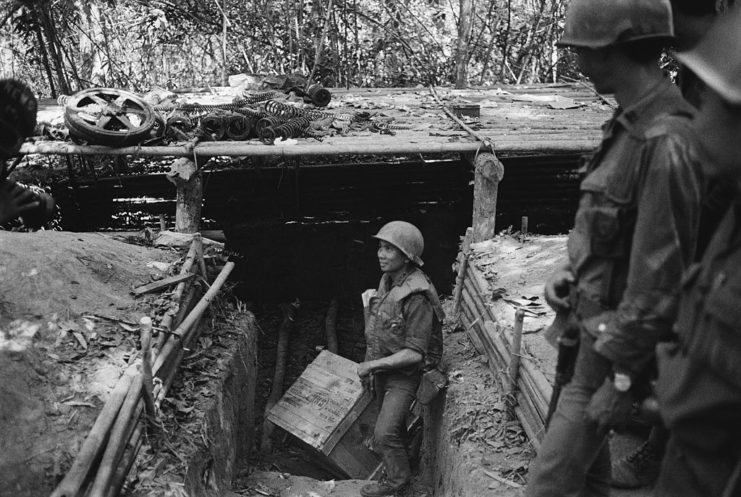
The American commitment to supporting South Vietnam was steadfast, yet they were restricted from deploying ground troops into Laos. Instead, they sought to render assistance through helicopter-based air support. Given the challenging terrain and the enemy’s ability to blend into the jungle, choppers offered an advantage, allowing for greater mobility and access to remote areas.
The operation was intended to be a major step toward Vietnamization
The aim of Operation Lam Son 719 was to signal the beginning of what President Richard Nixon called “Vietnamization,” the eventual turnover of the war to the Army of the Republic of Vietnam (ARVN) as the US began to pull out. There were also hopes a victory would help bolster confidence within the ranks of the ARVN.
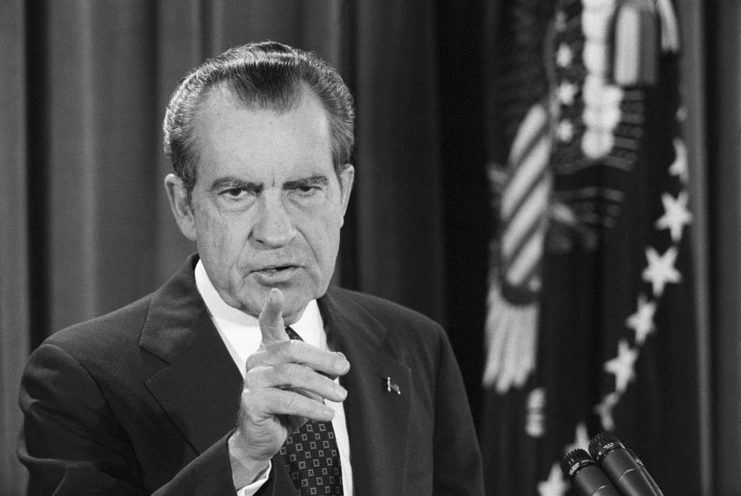
The initial goal was for the operation to last between 90 and 120 days, with US air support allowing the South Vietnamese to push deeper into enemy territory. Those behind the operation believed that, by pushing into Laotian territory, they would force the North Vietnamese to come out into the open. Once they were on the trail, the air patrol would pick them off.
Despite the superior technology and airpower, however, Operation Lam Son 719 ended up being a total disaster.
US forces weren’t prepared for the North Vietnamese response
When planning the operation, the US believed they would easily be able to handle the North Vietnamese troops. However, the PAVN was more than prepared to defend themselves, having gained intelligence beforehand. The North Vietnamese relentlessly shelled the choppers, firing anti-aircraft artillery for nearly 24 hours each day.
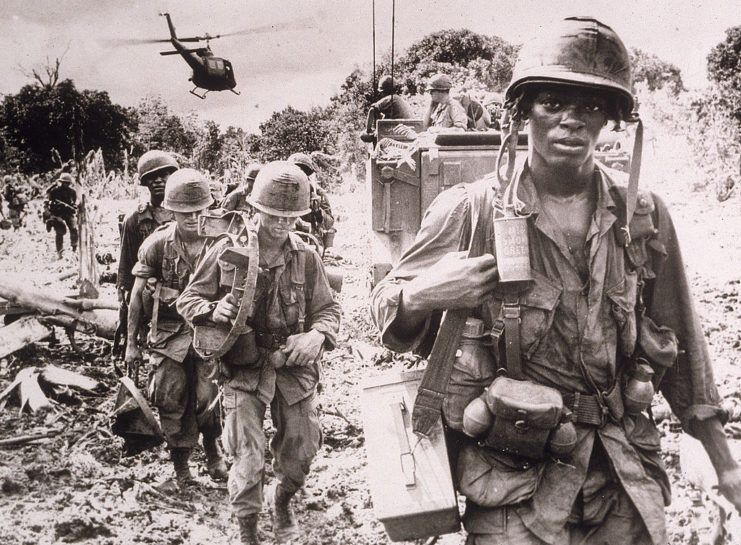
The Vietnamese shelling was devastating. There were 750 American helicopters used during the engagement, flying 160,000 sorties. By the end of the two-month operation, 108 were completely destroyed and another 618 were damaged – 20 percent beyond repair. In just 60 days, 72 helicopter crewmen were killed, while another 59 were injured and 11 reported missing.
Outside of its helicopter losses, the US also lost 163 armored vehicles, 71 tanks, 278 trucks, seven aircraft, 37 half-trucks and 114 artillery pieces, which were either destroyed or captured.
The aftermath of the operation
Despite their plan to run Operation Lam Son 719 for 90 to 120 days, US troops pulled out after only 60. That didn’t stop President Nixon from attempting to paint the event as successful. He told the country via a televised speech, “Tonight, I can report that Vietnamization has succeeded.”
South Vietnam also claimed the operation worked, with South Vietnamese President Nguyễn Văn Thiệu saying it was “the biggest victory ever.”
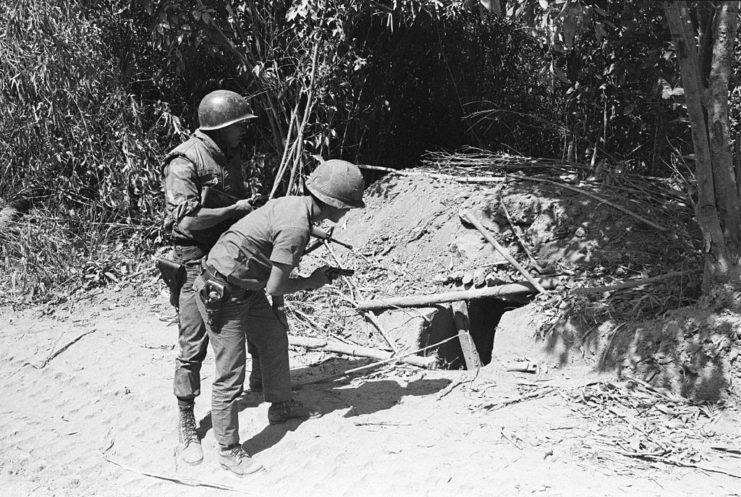
Want War History Online‘s content sent directly to your inbox? Sign up for our newsletter here!
It was North Vietnam, however, that emerged as the operation’s victor. Construction of the Ho Chi Minh Trail continued in earnest, expanding it 60 miles further and 90 miles wider. The US also took a closer look at how they used helicopters during battles. The main focus was the question of whether choppers could survive in hostile combat.
